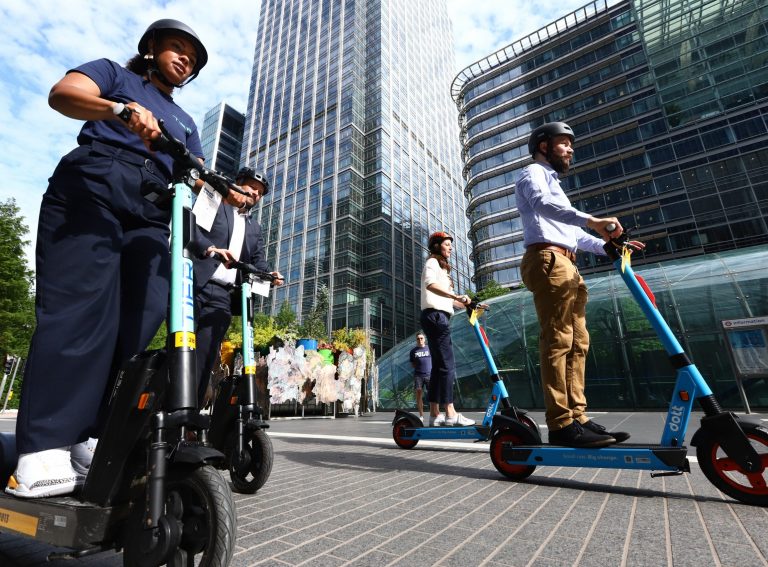Last month, global micromobility company Lime said it posted its first full profitable year.
The reality of why this story made the headlines is because Lime is an outlier in an industry that has struggled to break even, much less turn a profit.
This mismatch is something Mike Manchip, CEO and Founder of Anadue is determined to fix.
Anadue provides automation and profitability analytics to shared micromobilty companies.
“But that doesn’t mean just fleet operations and rebalancing,” says Manchip.
“Fleet ops is part of a wider picture of managing the business and includes everything from understanding customer sentiment and dynamic pricing, to workforce management and drafting city reports for tenders. Everything affects everything else, so the key to a profit engine for shared operators is a holistic view of data.”
Based in Ireland, Manchip has made designing software and deep data analytics his life’s work. Having previously worked at the forefront of telco analytics, he then Co-Founded a big data monitoring platform called Verios, which he later sold to set up Anadue.
“Data through mobile phones had a huge impact on society back then, changing how and where people work and live,” says Manchip. “The next big societal impact coming up is in mobility, and in AI.”
Founded in 2017, Anadue collects and organises data from shared fleets to churn out answers and automation. Today the company’s platform is deployed in more than 60 cities, from the UK to Malaysia.
“The value we provide is in determining what the market is asking for, or in some cases defining what we think the market needs.”
The cross-silo approach
What Anadue thinks the shared market needs is a holistic, cross-silo approach to data analytics as opposed to just focusing on the fleet ops and rebalancing vertical. As all these business functions affect each other in different ways, sharing the data across these functions brings benefits.
“I’ll give you an example,” says Manchip.
“Information needed by Customer Service to process complaints by customers could also help Fleet Operations. Maybe the same few vehicles are causing a lot of requests for refunds as there is something wrong with them. If these are scheduled as priority maintenance, refunds will drop and customer satisfaction will improve. Or perhaps many people are complaining that vehicles need to be recharged more often. This could highlight a problem to be solved in the capacity of the street operations team.”
Dynamic pricing
Other functions that are related are dynamic pricing and fleet rebalancing.
“Dynamic pricing is about incentivising customers to move vehicles away from areas where they are less likely to be used back into areas where they are most likely to be used, as this saves operational costs, while bringing in extra revenue,” says Manchip.
For instance, when a user opens up an app to find a shared e-scooter, Vehicle A that is nearest to them could be full price but Vehicle B ten minutes down the road is cheaper, so dynamic pricing is about the context of the vehicle.
“Vehicle B could even be free,” says Manchip. “So the user gets a free trip by riding the vehicle back into town for you.
“Rebalancing and dynamic pricing are kind of flip sides of the same coin. And again you might well see a relationship between dynamic pricing and customer sentiment. So you want to measure the balance between keeping your customers happy and setting the right price for those individual areas.”
Anadue as a development platform
Besides the holistic focus, Manchip places a great deal of attention on automating his platform and making it customisable for shared operators.
“Platforms like Anadue must allow their customers to use them with as little technical knowledge as possible. So we do all the data collection, cleaning and automation algorithms to transform the data into something usable. But operators also need to develop their own algorithms, reporting and brand identity. So we provide a ‘ready-to-use’ open platform for customer development.”
The result is a platform that requires very little outlay for operators in terms of data science – which is important given the number of recent staff layoffs in the industry.
“An operator will typically give us a set of parameters or things that they want to achieve, and then we’ll configure the algorithms to make this happen. It is simple to create reports and then for development purposes later on, you only have to assign one data scientist.”
It is clear that AI has come on leaps and bounds over the last few years.
“Now is the time to apply all we have learned to making shared micromobility a sustainable and profitable business.”



